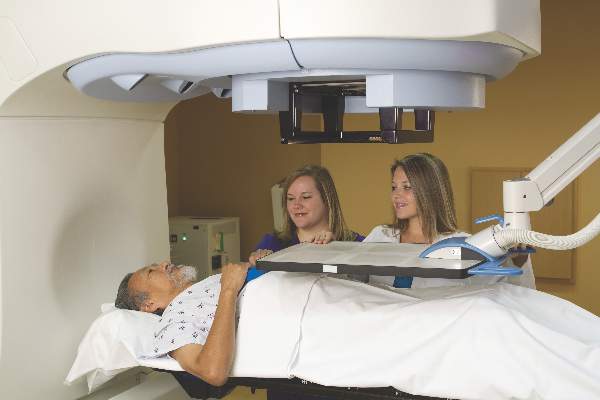FROM CANCER
Academic and community cancer centers demonstrated similarly high rates of sociodemographic disparities in prostate cancer treatment patterns, a study showed.
Specifically, black, Hispanic, and uninsured patients were less likely to receive definitive therapy for high-risk prostate cancer at community and academic cancer centers than were white or privately insured patients. In addition, white patients began receiving therapy earlier than black and Hispanic patients at both community and academic medical centers.
“The finding that disparities exist across cancer care centers, regardless of academic versus community center structure, suggests that there may be something intrinsic about systemic, provider-level, or patient-level issues that may be interfering with treatment,” wrote Brandon Mahal, MD, of Brigham and Women’s Hospital in Boston and his associates (Cancer. July 2016. doi:10.1002/cncr.30205 ).
Dr. Mahal and associates identified 138,019 patients with high-risk prostate cancer who had a definitive treatment history available through the National Cancer Data Base. Definitive therapy was defined as either prostatectomy or radiation therapy plus androgen-deprivation therapy. High-risk disease was defined as having a prostate-specific antigen score above 20 ng/mL, a Gleason score of 8-10, or a clinical tumor classification of cT3a.
The investigators found black, Hispanic, and uninsured patients were less likely to receive definitive therapy at community cancer centers than were white or privately insured patients (adjusted odds ratios: 0.60, 0.69, and 0.25; 95% confidence intervals: 0.56-0.64, 0.61-0.78, and 0.22-0.30 for black, Hispanic, and uninsured patients; P less than .001). This finding was also true for patients who received treatment at academic cancer centers (AOR: 0.50, 0.56, and 0.31; 95% CI: 0.46-0.54, 0.50-0.64, and 0.28-0.36; P less than .001 for all).
At academic centers, the median time until receipt of definitive treatment was 83 days for white patients, 102 days for black patients, and 94 days for Hispanic patients. At community centers, the median time until receipt of treatment was 77 days for white patients, 92 days for black patients, and 87 days for Hispanic patients.
This study was supported by David and Cynthia Chapin, Hugh Simons, the Campbell Family, the Prostate Cancer Foundation, Fitz’s Cancer Warriors, the Scott Forbes and Gina Ventre Fund, and a grant from an anonymous foundation. Three investigators reported receiving financial compensation from multiple companies.
On Twitter @jessnicolecraig




